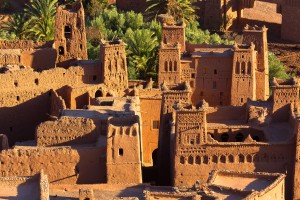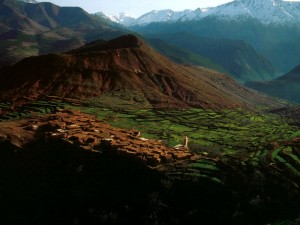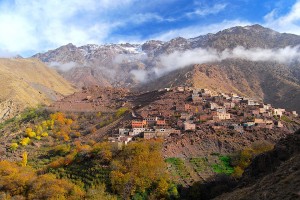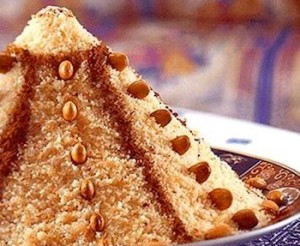Moroccan Kasbah’s of the Great South
The Moroccan Kasbah was a place for the local Caid or Pacha to live in and a place of defense when a city was under attack not unlike the medieval European keep. Sometimes, they were built on hilltops so that they could be more easily…











